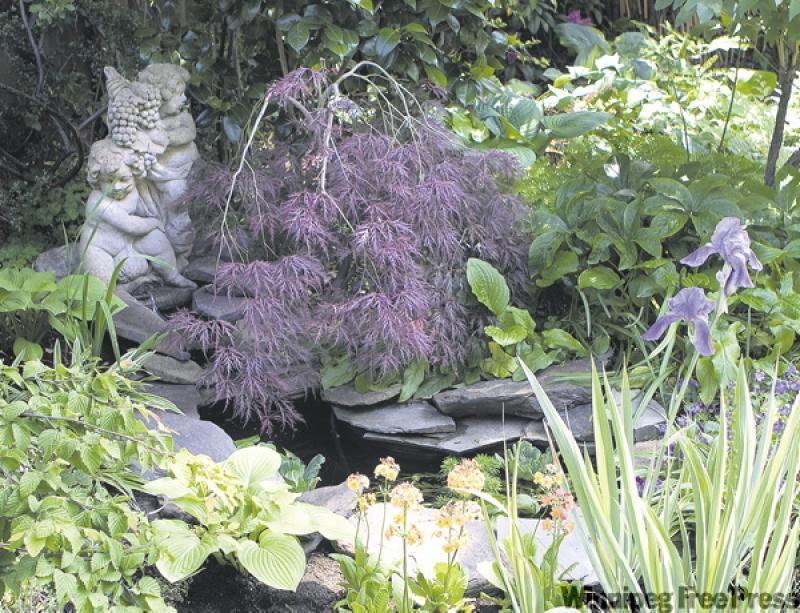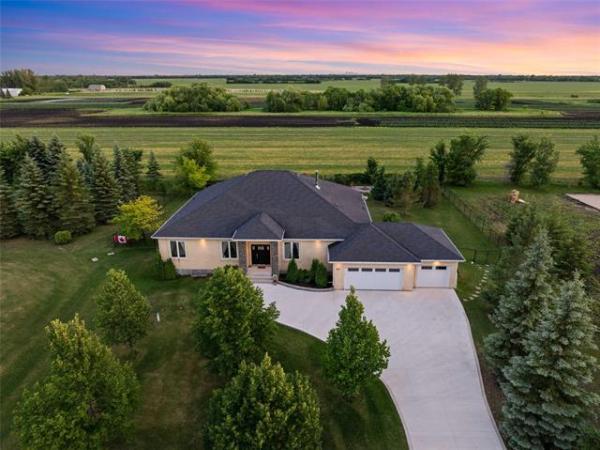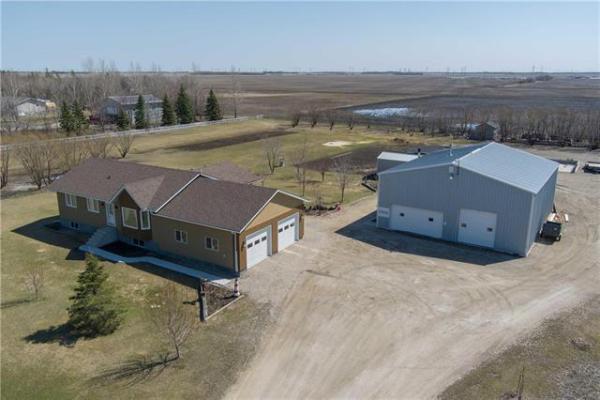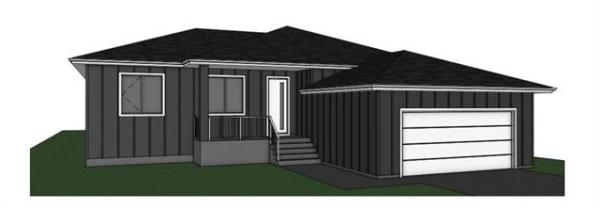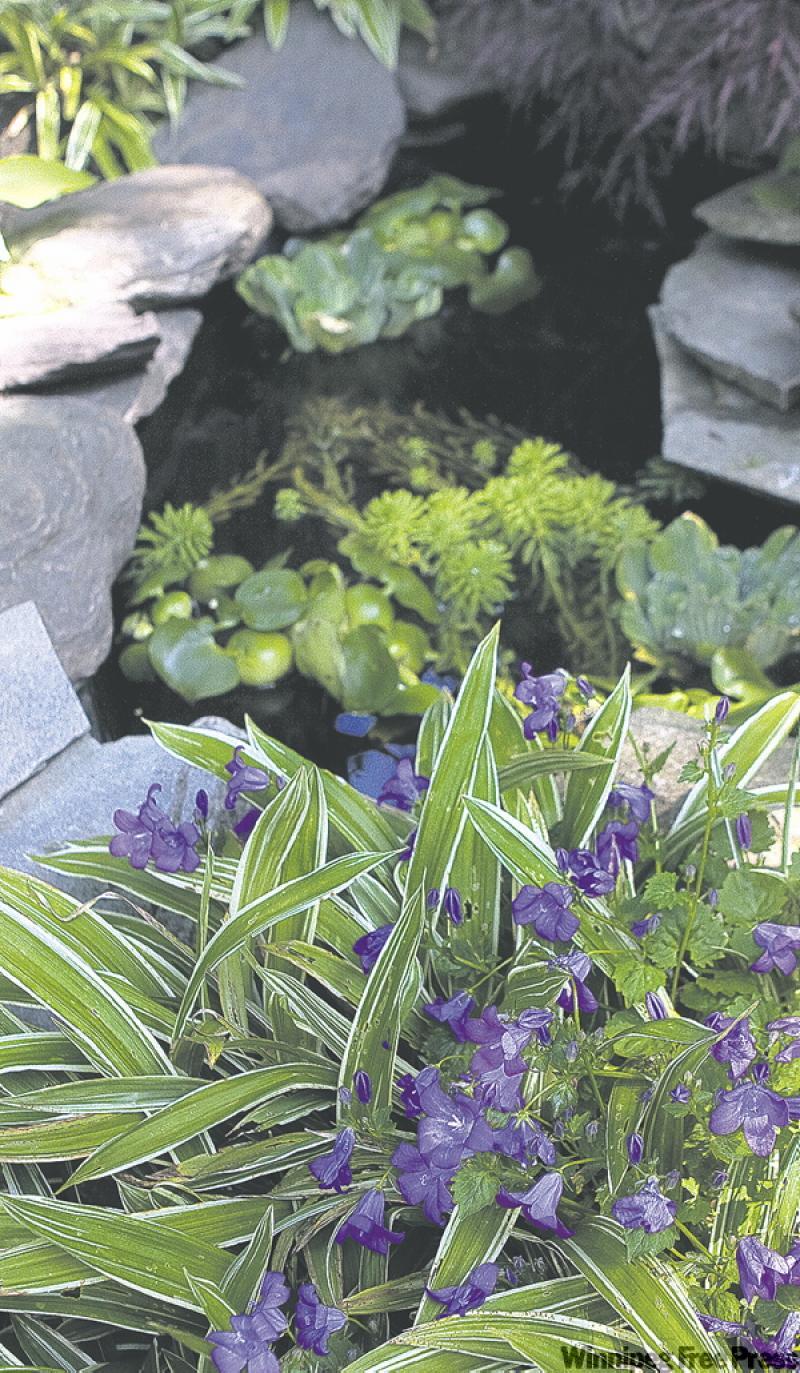
Be careful what you wish for.
Years ago when I lived in Vancouver, I had a lot measuring 33 feet by 120 feet. It felt like a postage stamp. In less than a year, I ran out of space to garden and yearned for a much larger property. I even commandeered the neighbour's yard.
Now as I toil, after 10 years of work to bring a half-acre under control, I often think, if only I still had that little city lot, my garden would be "finished" by now.
What I didn't know back then was how to garden creatively and cleverly in a small space.
It can be as demanding as any large garden -- and sometimes more. A small garden can serve all the same functions (short of incorporating a volleyball court) as a larger space. A large variety of plant materials can be incorporated, and areas for dining, relaxing and entertainment as well as water features can be accommodated. Privacy is often easier to attain.
A smaller garden is less costly to develop, plant and maintain.
Since a typical backyard in a new housing development is about the same size as a two-car garage, and initially as inspiring as one, there is much interest in small gardens. Because every element is immediate and obvious, there is little room for being "almost right." Each decision is important.
Everything has to work all the time.
It is important to do lots of planning and research. Knowing how a specific plant will perform -- i.e., what is the height and width of the mature plant, is critical; you will save a lot of frustration down the road if you don't have to spend most of your gardening time just keeping plants from overtaking the space.
Learn to prune properly. You will need that skill in a small space. Colour, often thought to be the most important element in a garden, is crucial in a small space. Beginning gardeners usually feel the need for lots of flowering plants in a riot of colours. A small space requires a very judicious selection of colours. It might not be the easiest thing to achieve, but the repetition of one or two colours only will create much more harmony.
As a small garden develops, texture becomes more and more important and exuberant colour less and less.
Don't plant too closely because young plants need extra light and space to grow to their proper size, and they will, soon enough, fill in nicely.
Scale needs to be considered when designing a small garden. Do not fill the space with small-scale leaves or plants.
Go ahead and splash out on dramatic foliages. A small garden can take a large-scale focal point. Follow the same principles you've heard recommended for furnishing a small room -- often one strong element is much more successful than many small plants or pots.
Each small garden requires a focal point. This is the jumping-off point around which most other decisions should be made. Most often there is no vista or borrowed landscape to incorporate into a small garden, but a special tree, water feature or even a piece of sculpture will take on huge significance, so choosing something you can live with for a long time is important.
Also remember that very often, especially in a new building, the garden is right off either the family room, kitchen or dining room, so repeating interior colours or design style in the garden can give a large bang for the buck.
Laura West has created a most charming urban small garden tucked between two heritage houses on a 30-foot-by-60-foot lot, this walled garden is extremely private. There is a sunny deck where West has morning tea, a water feature, a very special Zen quiet space for one, even a section of raised vegetable beds and a greenhouse.
Dominated by a huge green ash, West has had to work with a primarily shaded site, so she located her vegetables, succulents and deck all at the bottom of the lot where she gets lots of east sun. Her spring garden is wonderful, filled with flowering bulbs from January through April and now, for the summer season, has become a study in textures.
West has always planned her garden around the sightlines from inside her house, where the view from a main-floor bay window has been given centre-stage importance. This month, a pop of purple from Allium giganteum against different tints and shades of green draws the eye out into the garden. As befits a heritage site, West has used old bricks as pathways through the garden. When cleaning the pathway she often finds seedlings that have sought refuge in the sand between the pavers. "Sand and brick make for a great propagation spot," says West.
-- Canwest News Service

